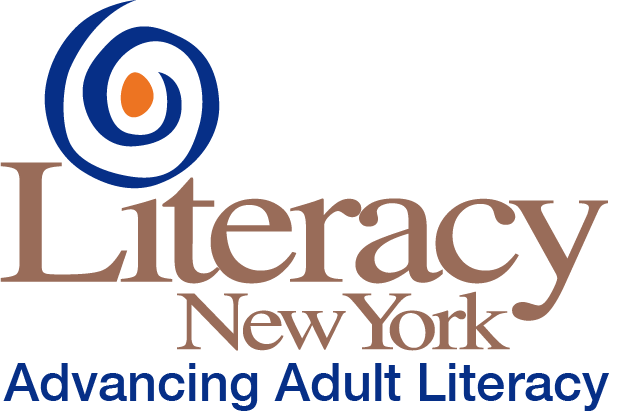5 Fundraising Tips—Straight from Donors and Grantmakers
Major gift fundraising—whether from individuals, foundations, or companies—is an alchemy of art and science, with the skill of relationship building at its core. In today’s shifting philanthropy landscape, the distance between donors and fundraisers is shrinking, with venture approaches on the rise and competition at its fiercest. So how can fundraisers adapt to this context?
I produce a podcast called What Donors Want where we ask donors questions just like this. The premise is simple: to have frank, engaging (and slightly irreverent) conversations about major gifts fundraising with donors themselves. With guests ranging from the Bill & Melinda Gates Foundation to global law firm DLA Piper, our definition of “donor” includes individuals, as well as grantmakers at foundations and companies, and our episodes are filled with their unique insights and tips. To get you started, here are my top five—straight from the donor’s mouth:
#1: DON’T TRY TO MAKE THE SHOE FIT (WHEN IT’S CLEARLY NEVER GOING TO FIT)
“The first variable to determine whether a grant is effective is strategic alignment” (Alfonsina Peñaloza, Hewlett Foundation), so you must “read that you’re eligible before going through the process” (Adam Askew, Comic Relief). Established funders will always have pre-set criteria so disguising square pegs in round holes won’t work. Of course, when you’ve built a warm relationship, it’s fine to have exploratory conversations that are slightly outside of scope, but “don’t push on something you really want to do that doesn’t fit with the [funder’s] strategy. That’s the biggest mistake fundraisers make” (Jennifer Alcorn, Bill & Melinda Gates Foundation).
#2 BUILD GENUINE RELATIONSHIPS
“A donation is never the beginning of a relationship—there’s always something that comes before” (Nicolas Patrick, DLA Piper). And that “something before” is the cultivation of genuine, energizing relationships that require patience. “The best fundraisers always have substance, and what really shines through is that personal connection grounded in their passions and strengths” (Jennifer Alcorn & Emily Inslee, Bill & Melinda Gates Foundation). So whether cultivating over coffee or writing a proposal, give your donor a sense of the people behind the mission they’re investing in. “Demonstrate passion, energy, focus and competence” (Lynne Smitham, Kiawah Trust), and avoid jargon that feels dry and uninspiring.
#3 FRAME PROSPECTS AS PARTNERS—NOT CASH REGISTERS
As Jenn so brilliantly noted, “Fundraisers often look at us and think dollar signs—when what we want people to think is partner. Somebody who’s going to provide thinking and strategy” (Jennifer Alcorn, Bill& Melinda Gates Foundation). This sentiment was echoed by all podcast guests—from program officers through individuals—who said this is the only “healthy way to have a [funding] relationship” (Alfonsina Peñaloza, Hewlett Foundation) and they “get a buzz [from] the involvement” (Lynne Smitham, Kiawah Trust). This should also be reflected in your proposals through language that makes donors feel their value transcends cash. Be sure to use phrases such as in partnership, and always use the word support instead of funding or contribution.
#4 REMEMBER YOU’RE SOLVING THE DONOR’S PROBLEM
Glibness aside, “The problem the donor has is: they have more money than they need, they want to do something useful with it, and they want to believe it’s made a difference. [Fundraisers] can solve that problem for them” (Nick Jenkins, Dragons’ Den). For a donor wanting to make a difference, it can be overwhelming to know where to begin, and reframing the power dynamic in this way is hugely helpful when taking your donor on their journey. This also applies to corporate fundraising, where the emergence of shared-value partnerships means donations “must be directly relevant to business” (Nicolas Patrick, DLA Piper).
#5 AVOID THE MISTAKE ... OF AVOIDING MISTAKES
Donors, particularly the next generation, are becoming more sophisticated and hands-on with their giving, and dancing around mistakes or challenges can be detrimental. In the words of a venture philanthropist, “An awful lot of pitches I see are too glossy—these problems are complicated and I want to deal with the truth” (Nick Jenkins, Dragons’ Den). Not only does gloss come off as inauthentic, but you also lose out on valuable relationship-building opportunities; many donors actually “want to be problem-solving alongside the grantee because [they’re] learning just as much” (Jennifer Alcorn, Bill & Melinda Gates Foundation).
Our conversations on the show have been excellent and illuminating, with more gems than could ever fit in one article. But if there’s one gem you should walk away with—it’s that donors are people (who mostly prefer Britney over Christina, but you’ll have to listen to get the full context on that one).
Whether they work in the biggest foundation in the world or grant from their personal accounts, at the end of the day they’re just people doing jobs, and an excellent fundraiser makes their job a whole lot easier. Never forget that.




